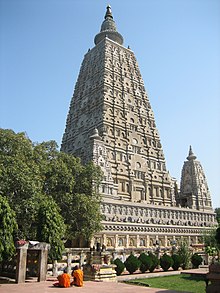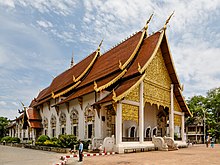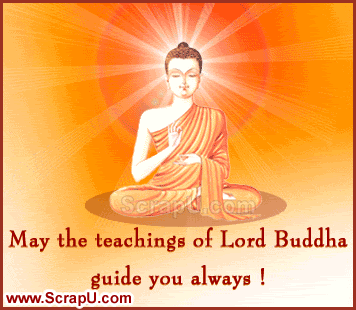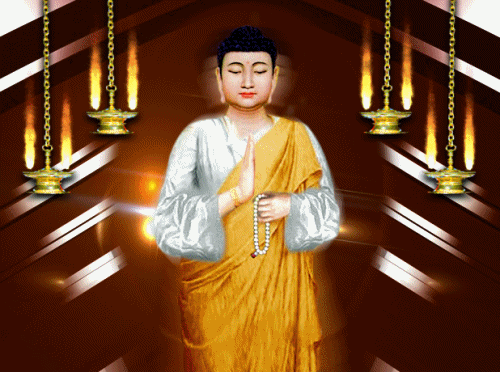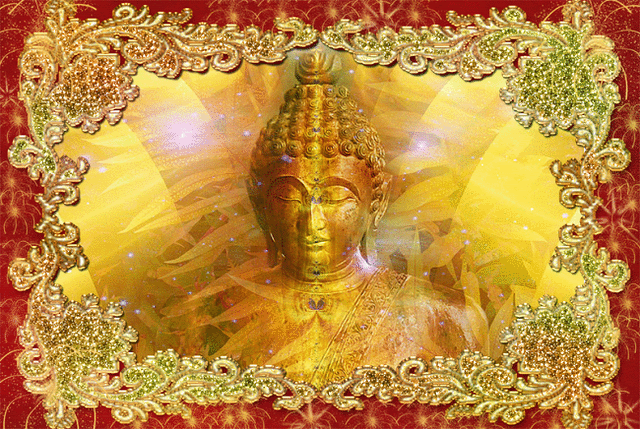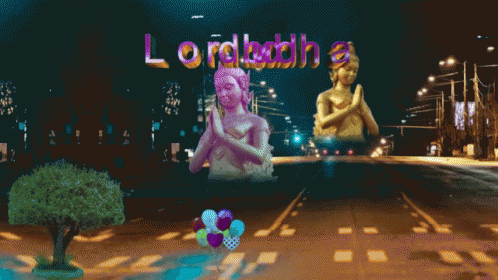LESSON 3404 Tue 4 Aug 2020
Current Situation Ends between 04-8-2020 and 3-12-2020
For
The Welfare, Happiness, Peace of All Sentient and Non-Sentient Beings and for them to Attain Eternal Peace as Final Goal.
KUSHINARA NIBBANA BHUMI PAGODA
in 116 CLASSICAL LANGUAGES
Through
At
WHITE HOME
668, 5A main Road, 8th Cross, HAL III Stage,
Prabuddha Bharat Puniya Bhumi Bengaluru
Magadhi Karnataka State
PRABUDDHA BHARAT
on 04-8-2020
Dr B.R.Ambedkar thundered “Main Bharat Baudhmay karunga.” (I will make India Buddhist)
All Aboriginal Awakened Societies Thunder ” Hum Prapanch Prabuddha Bharatmay karunge.” (We will make world Prabuddha Prapanch
White Pagoda with may be a table or, but be sure to having above head
level based on the usual use of the room.
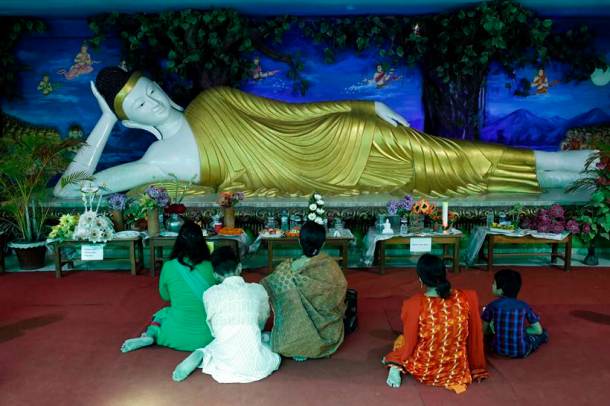
White Pagoda with may be a table or, but be sure to having above head
level based on the usual use of the room.
-
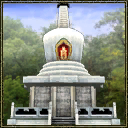
-
The White Pagoda’s Age up choice picture
-
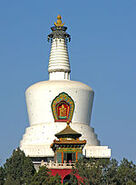 Photo of the real White Pagoda in Beihai Park in Beijing
Photo of the real White Pagoda in Beihai Park in Beijing -
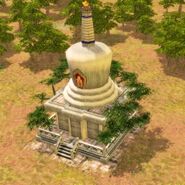 The White Pagoda as it appears in-game
The White Pagoda as it appears in-game
As it is considered ‘bad etiquette’ to place the Matteyya Awakened One with Awareness is higher than any other image in the same Pagoda.
In the place of an image of Buddha, a Tipitaka Sutta written on a piece of paper or similar is perfectly acceptable.
some Buddhist schools recommend certain standardized arrangements of
images for their lay members Dhamma guardians or lineage masters is
placed.
Since Buddhist monastics aren’t allowed to eat after lunchtime, food,
fruit and dairy offerings traditionally – and for symbolic reasons –
occur in the morning or shortly before lunchtime. Offerings of water,
non-dairy beverages, candles, flowers and incense may, however, occur at
other times of the day.
Placed a small stūpa on the supporting surface of the shrine. Made a simple stūpa with a small pile of stones as there is no need to go out and buy a costly gold one; that defeats the purpose of Buddhism.
Use it to water a plant or something. A new cup or bowl
should be used for this purpose: glass or crystal is preferable, because
the clarity of the water represents clarity of the mind. Some Buddhist
schools use two water bowls: ‘drinking’ water and ‘washing’
water. It is far from wrong to let flowers remain even after withering
has begun: The flowers serve to remind you of impermanence.
-
Best time in the Morning Offering water before Sunshine is 4am or 6:30am.Waking up early enough to
have time to think about the purpose of one’s life. When waked up
thinking that one is been in meditation. Thinking that today to help
all
sentient and non-sentient beings to be happy, well and secure just by being kind, compassionate and
generous to those with whom in in contact. - May all have calm, quiet, alert, attentive and an equanimity mind witha clear understanding that everything is changing.
-
Then
rising and going to the shrine. Lighting a stick of incense and
thinking Namo Tassa Bagavatho Samma Sam Buddha (three times) To the
Buddha,
Dharma and Sangha, - Buddham saranam Gaccami
- Dhammam Saranam Gaccami
- Sangam saranam Gaccami
- (Three Times)
-
making this offering.
-
It’s your choice whether you want to put anything in there or not, but usually it’s left clean/empty.Yes,
that is absolutely fine. If you’d like, you could write “BUDDHA” on a
piece of crumpled-up loose leaf paper; you’d still be fine. It really
does not matter what the
shrine looks like, but rather what it is about for you.
Nice idea to try to focus the books and items on your pursuit of Dhamma.
Leave
food for a few hours not letting it go bad! Food offered to guests,
animals, the hungry or just offered to Buddhahood and eaten. as it is
sinful to discard food. -
Anyone can eat the food. Before a meal you offer the food to the Buddha,
then you eat it. The principle is the same for altars and everything
else.
- Flowers symbolize the causes,
-
while fruits symbolize the effects. They play a part in reminding
practitioners of the truth of cause and effect, which most refer to as
Kamma. -
Can I continue to present my offerings to the shrine and meditate regularly when I am having my menstrual period?Buddhism has no restrictions to continue to present offerings to the shrine and meditate regularly when having my menstrual period. -
Can use a picture of the Buddha instead of a statue.
-
The three statues in front of Buddha represent
They represent the past Buddha, present Buddha and the next Buddha.
Stand supports the white statue of the Metteyya Awakened One with Awareness.
A simple start is a steel stand with three levels. This is the main
surface of the Pagoda, so you may want to put some effort into this.
First need was an image of the Matteyya Awakened One with Awareness.
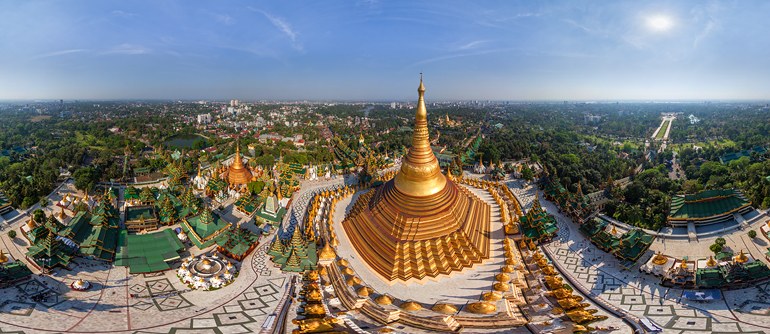
 Plan of cave 1 at Ajanta, a large vihara
Plan of cave 1 at Ajanta, a large vihara
 Viharas found at Thotlakonda
Viharas found at Thotlakonda The ruins of Shalvan Vihara, the Buddhist monastery that operated between 7th-12th century in what is now Mainamati, Bangladesh.
The ruins of Shalvan Vihara, the Buddhist monastery that operated between 7th-12th century in what is now Mainamati, Bangladesh.Southeast Asia
Cave 4, Ajanta Caves
 Entrance to a vihara hall at Kanheri Caves
Entrance to a vihara hall at Kanheri Caves
 Wall carvings at Kanheri Caves
Wall carvings at Kanheri Caves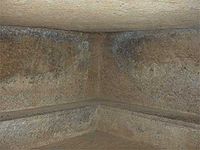 Simple slab abode beds in vihara at Kanheri Caves
Simple slab abode beds in vihara at Kanheri Caves Doorways of a Vihara, Bedse Cave
Doorways of a Vihara, Bedse Cave
hall for prayer and living, 5th century
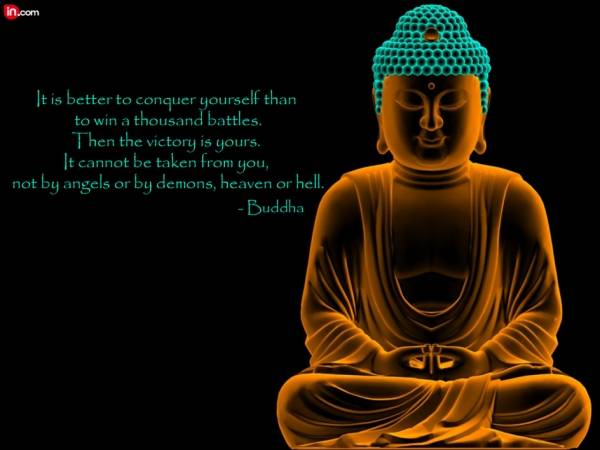

Lord Buddha Animated Images GIFs








Bodhgaya is one of the most important and sacred Buddhist pilgrimage center in the world. It was here under a banyan tree, the Bodhi Tree, Gautama attained supreme knowledge to become Buddha,the Enlightened One. Born; in the foothills of the Himalayas as a Sakya prince of Kapilvastu (now in Nepal), most of the major events of his life, like enlightenment and last sermon, happened in Bihar. Buddhism as a religion was really born in Bihar and evolved here through his preaching and the example of his lifestyle of great simplicity, renunciation and empathy for everything living. Significantly, the state’s name of ‘Bihar’ originated from ‘Vihara’ meaning monasteries which abounded in Bihar. Several centuries after Buddha’s passing away, the Maurya Emperor Ashoka (234-198 BC) contributed tremendously towards the revival, consolidation and spread of the original religion. It is the monasteries, Ashoka built for the Buddhist monks and the pillars known as Ashokan Pillars erected to commemorate innumerable historical sites associated with the Buddha’s life, mostly intact to this day, that helped scholars and pilgrims alike to trace the life events and preaching of a truly extraordinary man. There is a magnificent Mahabodhi temple and the Tree from the original sapling still stands in the temple premises. The temple is an architectural amalgamation of many centuries, cultures and heritages. While its architecture has a distinct stamp of the Gupta era, it has later ages inscriptions describing visits of pilgrims from Sri Lanka, Myanmar and China between 7th and 10th century AD. It is perhaps still the same temple Hieuen Tsang visited in 7th century.
Bodhgaya is one of the most important and sacred Buddhist pilgrimage center in the world. It was here under a banyan tree, the Bodhi Tree, Gautama attained supreme knowledge to become Buddha,the Enlightened One. Born; in the foothills of the Himalayas as a Sakya prince of Kapilvastu (now in Nepal), most of the major events of his life, like enlightenment and last sermon, happened in Bihar. Buddhism as a religion was really born in Bihar and evolved here through his preaching and the example of his lifestyle of great simplicity, renunciation and empathy for everything living. Significantly, the state’s name of ‘Bihar’ originated from ‘Vihara’ meaning monasteries which abounded in Bihar. Several centuries after Buddha’s passing away, the Maurya Emperor Ashoka (234-198 BC) contributed tremendously towards the revival, consolidation and spread of the original religion. It is the monasteries, Ashoka built for the Buddhist monks and the pillars known as Ashokan Pillars erected to commemorate innumerable historical sites associated with the Buddha’s life, mostly intact to this day, that helped scholars and pilgrims alike to trace the life events and preaching of a truly extraordinary man. There is a magnificent Mahabodhi temple and the Tree from the original sapling still stands in the temple premises. The temple is an architectural amalgamation of many centuries, cultures and heritages. While its architecture has a distinct stamp of the Gupta era, it has later ages inscriptions describing visits of pilgrims from Sri Lanka, Myanmar and China between 7th and 10th century AD. It is perhaps still the same temple Hieuen Tsang visited in 7th century.

The Cosmic Buddha
In Chinese Buddhist art, the sixth century was an era of great
artistic transformation and theological debate. During that dynamic
period, religion enjoyed both imperial patronage and abundant popular
support. Promise of Paradise,
an exhibition of the permanent collection in the Freer Gallery of Art,
brings together finely carved stone figures, architectural reliefs, and
gilt bronzes from that pivotal period. Together the works illustrate how
beliefs, artistic techniques, and religious expression both rapidly
evolved and provided a foundation for later innovations.
One sculpture deserving particular attention is a late sixth-century
image of the Buddha. A complex decoration of low-relief narrative scenes
covers its surface. To better elucidate the significance of these
carvings, Keith Wilson, curator of ancient Chinese art at the Freer and
Sackler Galleries, turned to digital resources for assistance in closely
examining this imposing sculpture.
Scholars have identified the headless figure as Vairochana, the
Cosmic Buddha (Pilushena in Chinese). The iconography of the narrative
scenes that cover its form-fitting robe represents the life of the
Historical Buddha as well as the “Realms of Existence,” a symbolic map
of the Buddhist world. In Buddhist texts, Vairochana is described as the
generative force behind all phenomena in the universe. He is also a
central figure in the Chinese schools of Tiantai and Huayan. The
narrative scenes are spiritual emanations rising from the Buddha himself
and illustrate fundamental Buddhist teachings. These scenes originally
would have been painted, as suggested by the slight traces of pigment
that remain.
Following the success of the 2011 exhibition Echoes of the Past,
Wilson recognized the potential of digital imaging techniques. That
earlier exhibition utilized 3D-imaging technology to explore an
important group of late sixth-century devotional sites: the Buddhist
cave temples of Xiangtangshan in northern China. In the early twentieth
century sculptures had been removed from the caves. Technology made it
possible to reconstruct one of the caves by layering high-resolution
color photographs and 3D laser scans of the missing sculptures onto
digitized scans of the interior as it now looks. Visitors could thus
experience a Buddhist cave in its original arrangement, an impossible
experience today.
To create an interactive, web-based resource about the Cosmic Buddha, Wilson partnered with the Smithsonian Institution’s Digitization Program Office
(DPO). That office is charged with creating images of the Smithsonian’s
collections through both photography and 3D modeling. As part of a
joint initiative between DPO and the Freer and Sackler Galleries,
digitization experts Adam Metallo, Vince Rossi, and Jon Blundell scanned
the Cosmic Buddha over a two-week period in the fall of 2011.

Those scans were then digitally stitched together to create a 3D
model, the basis for an interactive web module. Generously supported by
the 2D and 3D software developer Autodesk, the web interface software
allows viewers to rotate the sculpture, adjust lighting, and zoom in to
see details of the sculpture’s surface. The module features guided tours written
by Wilson and geologist Janet Douglas, a former Freer|Sackler
conservation scientist. For example, Douglas presents overviews of the
stone-working technique that was used to carve the sculpture, a
scientific profile of the stone itself, and the sculpture’s conservation
history. Wilson annotates the sculpture to explain the complex
iconography that is derived from religious texts and theological
discussions. More tours will be added as research progresses, thus
allowing the public to follow developments and new findings.
Through the use of this digital model, Wilson and other researchers
can study the sculpture and its exceptional details in a new way.
Scholars have long relied on rubbings to read such low-relief carvings,
using black ink on white paper to make the patterns and scenes more
legible. Today’s 3D modeling provides a far clearer view of the
sculpture’s surface. Wilson can now detect previously unreadable
details, and he is undertaking a comprehensive survey of the complex
scenes depicted over the sculpture’s surface. This newfound ability has
led him to conclude that the Freer’s Cosmic Buddha may well have been
designed to serve as a teaching sculpture, probably in a monastery,
where a narrator provided commentary and instruction on the teachings of
Buddhism.

entire Cosmic Buddha (left) is covered with intricate scenes that are
difficult to discern with the naked eye, as seen on the shoulder.
Rubbings on paper (F1980.86.1d) bring out more details, while the 3D
scan with digital surface occlusion (right) provides the clearest view
of the sculpture’s surface.
The scans’ clarity makes it easier than ever to map the surface and
more clearly identify the borders of scenes and the figures they
contain. Spatial depth in the narrative units is created through
diagonals, vanishing points, and layered landscapes. By looking at 3D
prints, scholars can now study these scenes for their artistic merit in a
manner similar to paintings. The prints might help elucidate early
Chinese narrative illustration and provide vital insight into the visual
culture of sixth-century China.
Thanks to the 3D model, the Cosmic Buddha can now be examined
collaboratively in ways as never before, with “copies” of the sculpture
being shared with colleagues in China and elsewhere around the world. In
October 2016, the Freer and Sackler Galleries plan to hold a conference
on the Cosmic Buddha, convening the field around a seminal period of
Chinese Buddhist art and providing a forum for considering a single
sculpture and the milieu in which it was created.
Creating and studying digital images of the Cosmic Buddha demonstrate
how technology can aid art historians, Buddhist scholars, and other
researchers and interested people around the world by providing them
with greater access to a masterpiece of Buddhist sculpture.
Learn more about the Cosmic Buddha
Angela Howard. Imagery of the Cosmological Buddha. Leiden: Brill, 1986.
Denise Leidy. The Art of Buddhism: An Introduction to Its History and Meaning. Boston: Shambhala, 2008.
Related online features
Vairochna, the Cosmic Buddha
Echoes of the Past: The Buddhist Caves of Xiangtangshan
The Return of the Buddha
Body of Devotion: The Cosmic Buddha in 3D

Academics
Gnomon’s
programs are specifically designed to develop well-rounded,
studio-ready professionals who are also specialized in distinct
disciplines within 3D production.

BFA Degree in Digital Production
A
baccalaureate program that covers all aspects of a 3D generalist
skillset, providing an in-depth understanding of the 3D production
pipeline, visual arts, and general education studies

Certificate in Digital Production
An
intensive program, built on a 3D generalist foundation, offering
emphasized studies in games, modeling and texturing, visual effects, or
character and creature animation

Foundation in Art & Design
A
preparatory course of study of up to one year of fundamental art
education for individuals looking to become better artists and build a
well-rounded portfolio

Individual Courses
Standalone courses that cover a wide variety of subjects within film, game, and visual effects production

Digital Arts Summer Camp
Designed to empower young artists by engaging their creativity, curiosity and passion for entertainment design
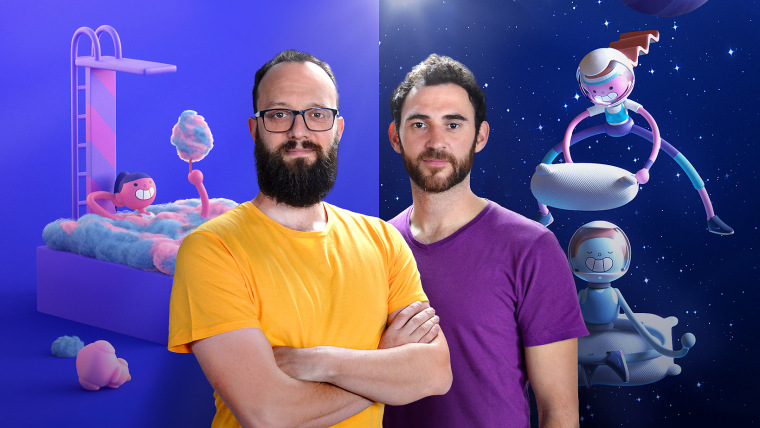
Learn to tell short animated stories to share with the world
Any audiovisual project goes through a series of phases before
reaching a final product. These are preproduction, production and
postproduction and, in this Domestika course, you will see how they
apply in the creation of an animated short film.
From the hand of Dalmiro Buigues and Martín Dasnoy - founders of the
animation studio Buda.tv - you will learn the process of creating an
animated short film, from concept to final execution. In addition, you
will know the techniques that have led them to work with brands such as
Rappi, Nike and Fox, and you will apply these methods to the peculiar
final project of this course: a collaborative short film in which all
students participate simultaneously.

About this course
Course table of contents
-
U1
Introduction
-
U2
Preproduction
-
U3
Short production - Character design, color palette and styleframe.
-
U4
Short production - Head and body
-
U5
Short production - Stage modeling.
-
U6
Short production - UVWs, mapping coordinate generation
-
U7
Short production - Materials and lighting
-
U8
Short production - Rig
-
U9
Short production - Animation
-
U10
Short production - Composition and sound
-
U11
Postproduction
-
FP
Final project
You will start by meeting Martín and Dalmiro, founders of Buda.tv,
who will tell you about their career in the world of animation and their
main influences.
Then, you will start with the preproduction of your short film, shaping your script and then converting it into a storyboard and later into an animatic .
You will define the aesthetics and the style of animation of your
piece, and also, you will see the profiles you need to assemble your
production team.
Once you have defined the path to follow and the needs, you will
start the production of your short film, generating characters, colors
and scenarios from scratch.
Finally, you will export your project using specifications that
Martín and Dalmiro will provide you, in order to be part of the final
collaborative project in which all students’ videos will be put
together.
What is this course’s project?
You will create an animation short of between 5 and 15 seconds that
will work as part of a collaborative short film among the students of
the course.
Who is it for?
To people who are starting in the world of animation and want to know the processes behind a short film.

What you need
The course is based and focuses on the processes. Therefore, you will
need basic knowledge of the 2D or 3D animation software of your choice
(it can be Maya, Cinema 4D, MAX, Blender, or any other one you use) and a
computer with that software installed.





